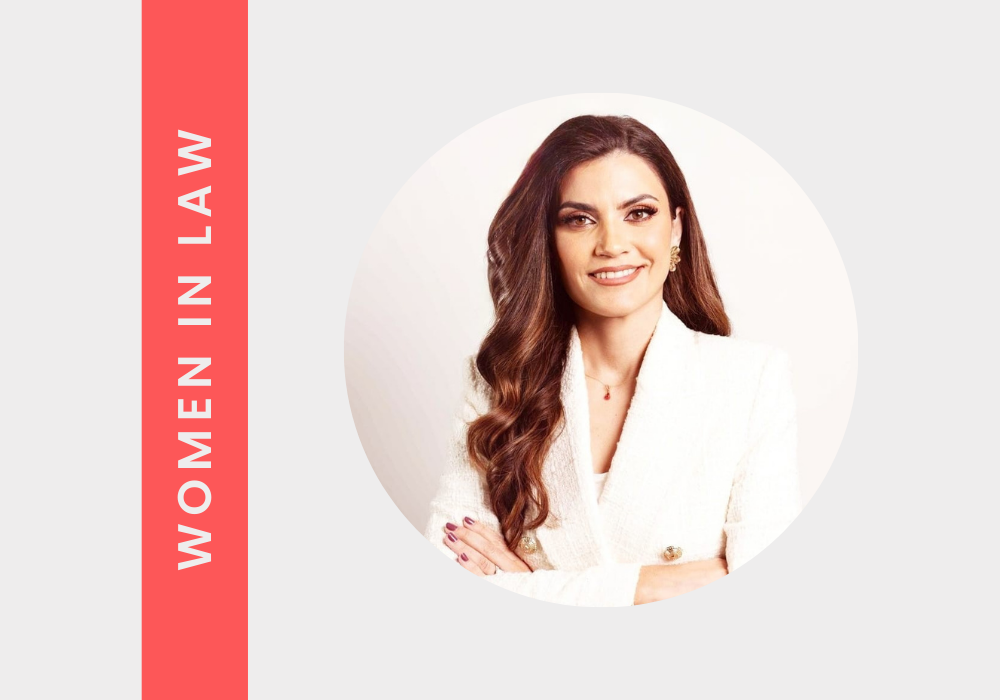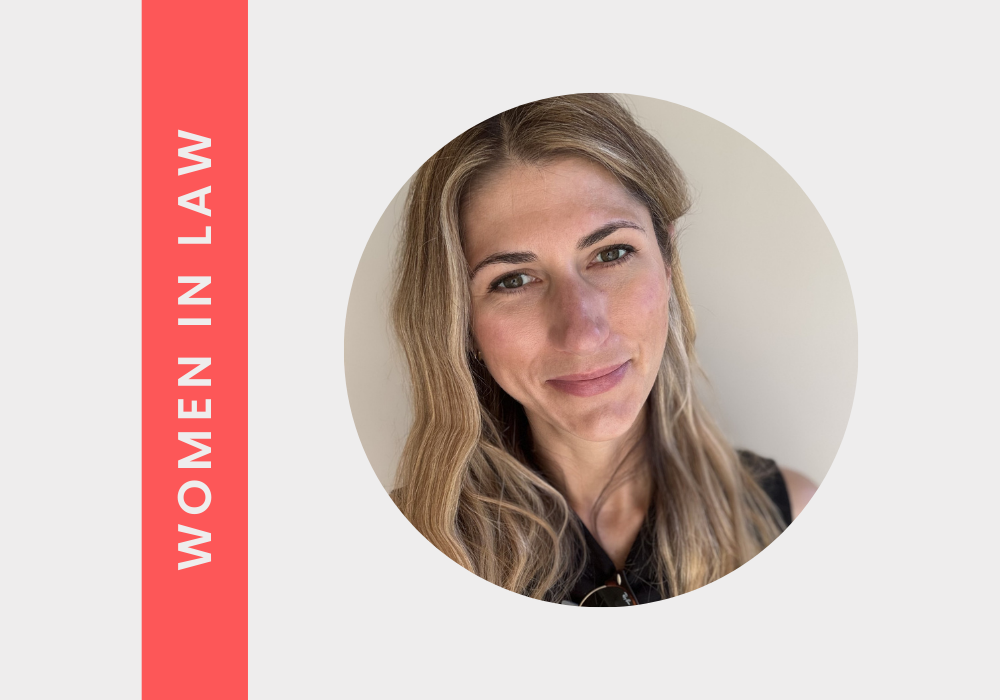Navigating the Depths: Insights from the World's Toughest Row
The World's Toughest Row isn't just about physical endurance; it's a journey that tests the limits of resilience, teamwork, and adaptability. In a recent conversation with the Tidewaves who conquered this challenge, their reflections provided insights into the preparation, sacrifices, and lessons learned along the way.
Push thinking: How did you mentally and physically prepare for the World's Toughest Row? How did that mindset help overcome other challenges during the journey?
“I think there was quite a lot of preparation that was, in some ways, harder than the physicality of the row itself. [Motivated by] looking at our long-term goal and seeing that it would be worth it in the end.” Robyn Hart-Winks
“To follow off on Robyn's point, all those hours had to be completed and even though it felt a drag and it was, you know our whole summer was spent doing those training hours at the same time you would think, this is probably going to save my life if I come into you know if we get into a sticky situation. I remember thinking even though I didn't want to pay attention or I felt that my brain was switching off, I was like actually, this is either my life or the other two.” Jordan Cole-Hossain
"The life-or-death thing doesn't necessarily translate into daily life. But there are lots of ways to cheat yourself; you suffer if you don't put in the work.” Robyn Hart-Wicks
Listen first: Could you share an example of when effective communication led to strategic decisions or overcoming obstacles?
“After we capsized, and it was quite a shock and we moved on quite quickly [until] Robyn vocalised “How much more of this can we take? You know, being battered.” I think her vocalising it made us all reflect on what just happened.” Louise Cox
“The whole row, we were all pretty good at sharing how we were feeling at various points, and we were quite lucky that generally, we didn't have those low moments. At the same time, so in that example, Louise talked about, I would say that was my lowest point. I'm all out of toughness. I'm lucky that I did this course with two of my best friends. There wasn't any option to not be open with your feelings.” Robyn Hart-Wicks “We saw the importance of just taking 5 or 10 minutes with your team to check in how everyone's doing, see what's on the agenda for the day and what your goals are. I do think the days that we let that slip, it was clear.”
“I think the other thing that I've realised is free and it's quite universal is having a sense of humour. It's such a simple medicine and it can range from such just a simple joke, which can be ridiculous. A lot of the things that we said while we were on land would have been just embarrassing and crude, but it works at that moment to take you out of yourself and take you out of your fear." Jordan Cole-Hossain
All In: What was your biggest sacrifice, individually and as a team, when going all in for the journey?
“There were a lot of financial sacrifices and all of these things in the lead-up to the campaign, but we're hugely privileged that we were able to even able to make that start line. It's quite hard to say "sacrifices" when it's a choice. But I think in terms of the smaller things on the boat, it was the little luxuries like hot cups of tea. Now I'm back at work, I must honestly drink about 10 cups of tea a day. ” Robyn Hart-Wicks
“We were so seasick, and we didn't have the energy. We barely drank water. We were just exhausted. It's wild when you think about it.” Louise Cox
Open up: What was your biggest challenge individually during the row, particularly when it came to opening up?
“I have two things that I struggle with. I struggled with the lack of sleep, and I always thought I was quite an easygoing person in terms of sleep. I also learned as well that I bottle things up a lot more than I thought. I thought my communication was pretty good, perhaps it's not as good as I thought it was when under real pressure.” Louise Cox “I feel I can do anything now. Honestly having been through that, when I had a gym class at lunchtime today, I was like, I can do this.”
“I think I found it difficult not knowing what was wrong with me and it's so strange. I felt like a toddler. Sometimes you are hungry, or you think that eating would solve your problem... [or] maybe you were too damp, maybe you were too cold [or] too hot, or maybe you had had too much caffeine. Everything was complicated, and everything felt high stakes. There was nowhere to put that energy as well. Introspection was quite a lot of work. So that was tough, it's helped me back on land now kind of dissecting myself and figuring it out.” Jordan Cole-Hossain
Own it: Reflecting on your journey, was there a time when each team member took ownership of a situation or role? If so, how did that sense of ownership drive the team forward?
“Through different points in the row, we all had to take ownership of different things. Being able to be flexible and adaptable to the different roles we were gonna take on. If someone didn't make water through the desalinator, we [don't] get drinking water. So, it was the roles were kind of roles that initially we were set, but then the jobs within those roles kind of became collective.” Louise Cox
“[For example] I was in charge of the water maker, but as we crossed time zones it made sense for Jordan to take on that role because of our shift pattern. Jordan had to take on an extra job.” Robyn Hart-Wicks
“I think that made us quite a dynamic team - there's just no choice. If you're too rigid with your structure you're going to get a horrible awakening. When you're at the mercy of nature, you have no choice but to adapt and I think as well that that's another really good example of when our communication was really strong.” Louise Cox
What has been your biggest takeaway from the challenge, both personally and in applying it to your everyday life?
"Celebrating the small wins. There are moments now when I brush my teeth and I'm like oh my God. Brushing your teeth is so good. There are other moments where I do take the time, drinking tea now, or find, buying a chocolate bar in the shop and it's not crushed and it's not melted and it's just perfect. I really hope that I can continue to take forward as just celebrating the small wins taking joy in those little moment.” Robyn Hart-Winks
“It’s given me a lot of confidence that I can do anything. Nothing will ever, ever be as hard as getting up after a 1/2-hour nap for a 2:00 AM shift on my own. I cannot believe I did that. Recently I was applying for a job, and I called my dad [and said] I'm not sure if I'm qualified for this job. He said you weren't qualified to row across the ocean and that didn't stop you, did it? I [replied], Oh my God, yes, that's so true .” Lousie Cox
“It's made me realise that you just have to work everything out as you go along. Everyone's kind of just winging it and I think that also applies in jobs too. The best way of learning is on your feet, isn't it? You can only really get that experience by having it. There's a real slowness and deliberateness to my life now. Being in nature for six weeks straight has given me a real perspective. I've come out like Bambi on ice.” Jordan Cole-Hossain
Their inspiring journey proves that every challenge offers opportunities for growth and success.













